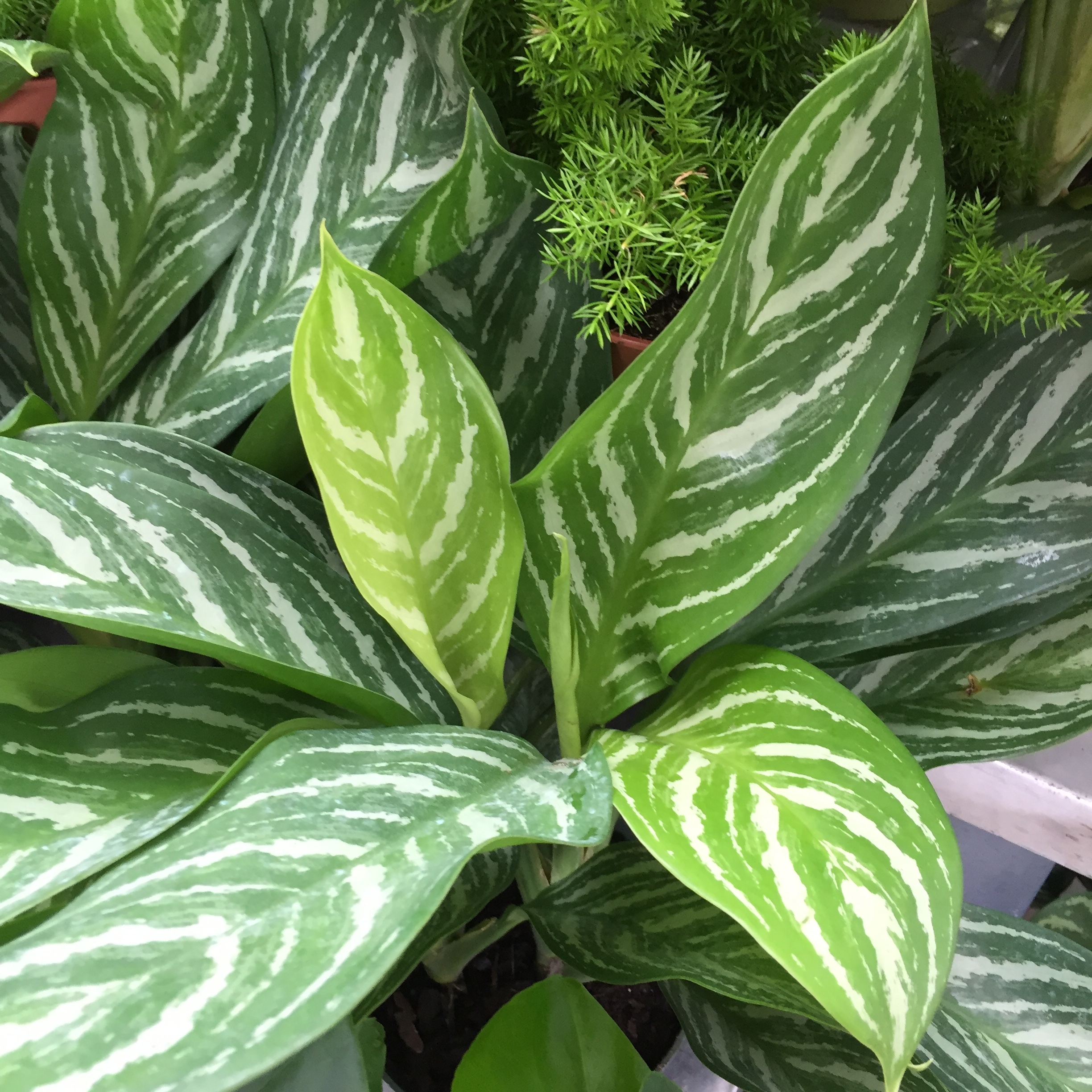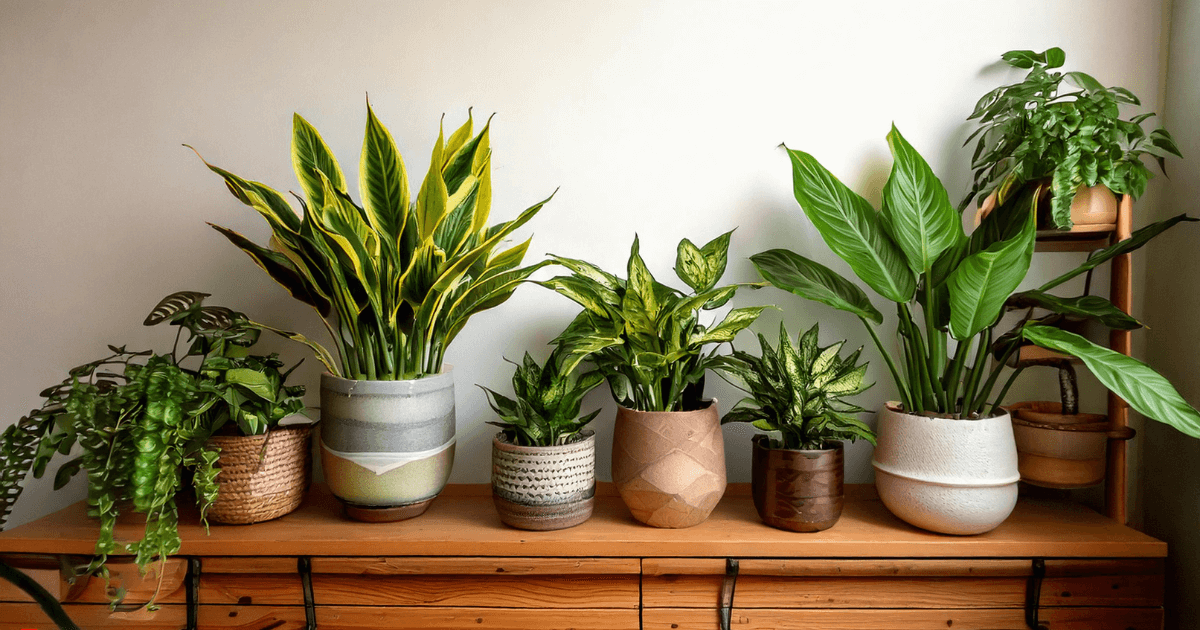Discover the Secrets of Low-Light Indoor Plants and Exactly How They Improve Your Atmosphere
Low-light interior plants have actually gathered boosting attention for their distinct capacity to improve both aesthetic allure and ecological top quality within workplaces and homes. These resilient species, consisting of the Snake Plant and Tranquility Lily, not just flourish in challenging illumination conditions but also play a critical role in air filtration and emotional wellness.
Advantages of Low-Light Indoor Plants
Although many individuals think that indoor plants need abundant sunlight to grow, low-light indoor plants use a plethora of benefits that make them optimal for various settings. One of the key advantages is their adaptability; they can thrive in areas with restricted all-natural light, such as workplaces, basements, or rooms with little windows. This attribute allows people to enhance their surroundings with plant, adding to enhanced aesthetic appeals without the demand for extensive lights adjustments.
Moreover, low-light interior plants can substantially boost interior air high quality by filtering harmful contaminants and releasing oxygen, making living rooms healthier. The visibility of plants has actually been connected to greater feelings of tranquility and emphasis.
Additionally, low-light plants often need much less maintenance than their sun-loving counterparts, making them perfect for busy people or those brand-new to gardening. Their strength enables them to prosper with minimal treatment, therefore supplying a fulfilling experience for plant fanatics and newbies alike. In summary, low-light indoor plants offer both useful and aesthetic objectives, making them important enhancements to any type of space.
Leading Low-Light Plant Selections
Low-light indoor plants can be found in a range of species, each offering one-of-a-kind attributes and benefits suited for dim settings. Among one of the most preferred ranges is the Snake Plant (Sansevieria), recognized for its building leaves and air-purifying capacities. This resistant plant prospers on overlook and can endure a large range of light conditions.
One more exceptional choice is the ZZ Plant (Zamioculcas zamiifolia), which features shiny, dark eco-friendly leaves and is highly drought-tolerant. Its adaptability makes it a favorite for offices and homes with limited sunshine.
The Pothos (Epipremnum aureum) is also a top challenger, with its tracking vines and heart-shaped fallen leaves - Best low-light indoor plants. This versatile plant can be trained to climb up or waterfall, including visual rate of interest to any kind of space

Care Tips for Low-Light Plants
Taking care of low-light indoor plants needs a nuanced understanding of their particular requirements to make certain ideal development and vigor. Initially, it is vital to pick the best potting mix, as a well-draining dirt is critical to stop root rot. A blend developed for houseplants, usually containing peat moss and perlite, functions well for a lot of low-light ranges.
Watering is an additional key aspect of treatment. Low-light plants normally require much less constant watering compared to their sun-loving counterparts. It is a good idea to check the leading inch of dirt; if it really feels completely dry, it's time to water. Overwatering can result in problems such as mold and origin degeneration.
Fertilizing must be come close to with caution. Throughout the growing period, a diluted fluid fertilizer can be used monthly, however in winter season, many low-light plants go into dormancy and need little to no fertilizing.
Lastly, it is essential to occasionally clean the leaves to get rid of dust, permitting far better light absorption. By adhering to these treatment ideas, you can grow a growing atmosphere for your low-light indoor plants, boosting both their look and long life.
Enhancing Air Top Quality With Plants
Indoor plants play a considerable duty in enhancing air top quality within homes and office. With the procedure of photosynthesis, these plants take in co2 and launch oxygen, adding to a much healthier atmosphere. Furthermore, particular low-light indoor plants possess the capacity to filter damaging pollutants, such as trichloroethylene, benzene, and formaldehyde, which are commonly found in interior settings.

Moreover, the presence of interior plants can enhance moisture levels, which aids relieve completely dry skin and respiratory concerns, even more improving general health. This capability to boost air high quality not only advertises physical health however also sustains psychological health.
Integrating low-light interior plants into your living and working areas can result in an extra stimulating and vibrant setting (Best low-light indoor plants). Purchasing these natural air purifiers is a simple yet effective technique for boosting indoor visit the site air high quality and promoting a healthier lifestyle
Producing a Calm Indoor Space
The assimilation of plants right into living rooms not only improves air top quality however additionally adds to a tranquil atmosphere. Low-light indoor plants, such as serpent plants and pothos, are especially efficient in developing a calm atmosphere, as they flourish in conditions that might or else be unwelcoming for other greenery. Their lush vegetation offers a soothing visual, lowering tension and advertising leisure.
Incorporating these plants into your home or workplace can evoke a sense of peace and health. Purposefully positioning them in areas where you spend considerable time, such as living work spaces or spaces, allows for an immersive experience with nature, which has actually been revealed to improve state of mind and cognitive feature.
Additionally, the gentle motion of leaves in response to air movement can produce a dynamic aesthetic component that enhances the general atmosphere. Think about making use of a range of plant heights and structures to add depth and interest to your room. With thoughtful positioning and treatment, low-light interior plants can transform any type of location into a serene sanctuary, fostering not only aesthetic fulfillment but emotional and likewise emotional health.

Conclusion
Incorporating low-light interior plants into various settings yields significant advantages, including boosted air home high quality and boosted aesthetic allure. These durable species not just flourish in marginal light however also add to a relaxing ambience, advertising psychological and psychological wellness. By picking proper selections and implementing proper treatment techniques, individuals can successfully cultivate a peaceful indoor area that fosters health and efficiency. The transformative power of low-light plants emphasizes their worth in boosting both household and work-related setups.
Although many individuals think that indoor plants require abundant sunshine to thrive, low-light interior plants supply a plethora of advantages that make them suitable for various settings.Additionally, low-light indoor plants can significantly boost indoor air quality by filtering system unsafe toxic substances and releasing oxygen, making living spaces healthier. Additionally, specific low-light indoor plants possess the capability to filter hazardous contaminants, such as formaldehyde, trichloroethylene, and best site benzene, which are typically discovered in interior settings.
Low-light indoor plants, such as serpent plants and pothos, are specifically reliable in developing a peaceful atmosphere, as they prosper in conditions that might or else be inhospitable for other greenery.Incorporating low-light indoor plants right into numerous settings yields considerable advantages, consisting of improved air top quality and boosted visual allure.